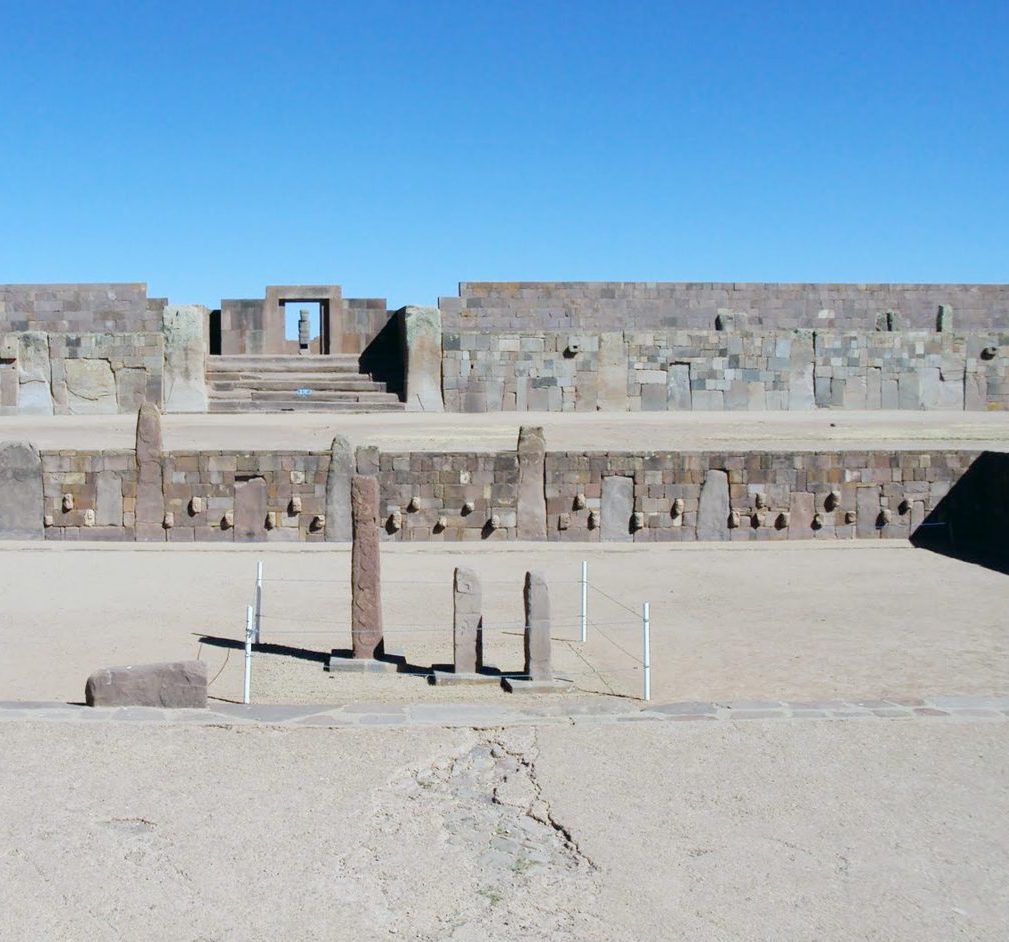The Semi-Subterranean Temple is a significant historical and archaeological site located in Tiwanaku, Bolivia. The temple, also known as the Templete Semi-subterráneo, is a part of the larger Tiwanaku archaeological complex, a UNESCO World Heritage Site. This unique temple is semi-underground, built into the earth with a rectangular, sunken courtyard. The temple is known for its carved stone faces and heads, which are embedded in the walls of the courtyard. These carvings represent a variety of human and mythological beings, reflecting the diverse cultures and beliefs of the ancient civilizations that inhabited this region.
Get your dose of History via Email
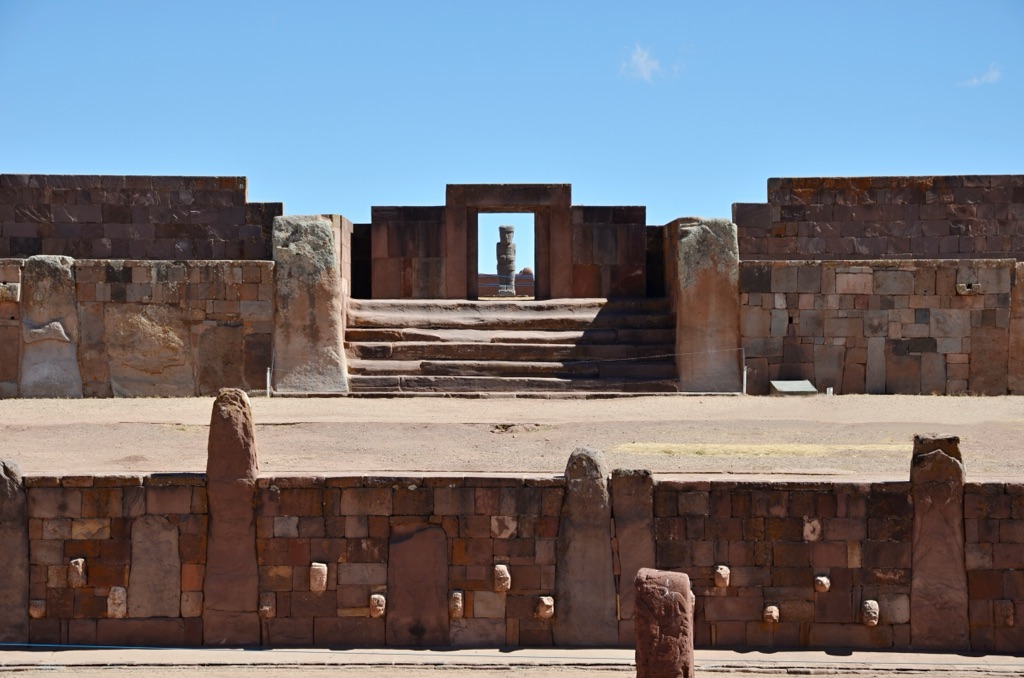
What is the historical significance of the Semi-Subterranean Temple and what civilizations have inhabited it?
The Semi-Subterranean Temple holds a significant place in the history of pre-Columbian South America. It was built by the Tiwanaku civilization, which flourished in the region from around 500 to 900 AD. The temple’s unique semi-underground design is believed to symbolize the interface between the earthly and underworld realms, a common theme in Tiwanaku cosmology.
The temple was a central place of worship and ritual for the Tiwanaku people, who were known for their advanced agricultural techniques, pottery, textiles, and monumental architecture. The temple’s stone carvings represent a diverse range of human faces, suggesting that the Tiwanaku civilization was a multicultural society with complex social and religious practices.
The Tiwanaku civilization eventually declined and was replaced by the Inca Empire, which also used the temple for religious rituals. The temple was rediscovered in the 19th century and has since been a subject of ongoing archaeological research and preservation efforts.
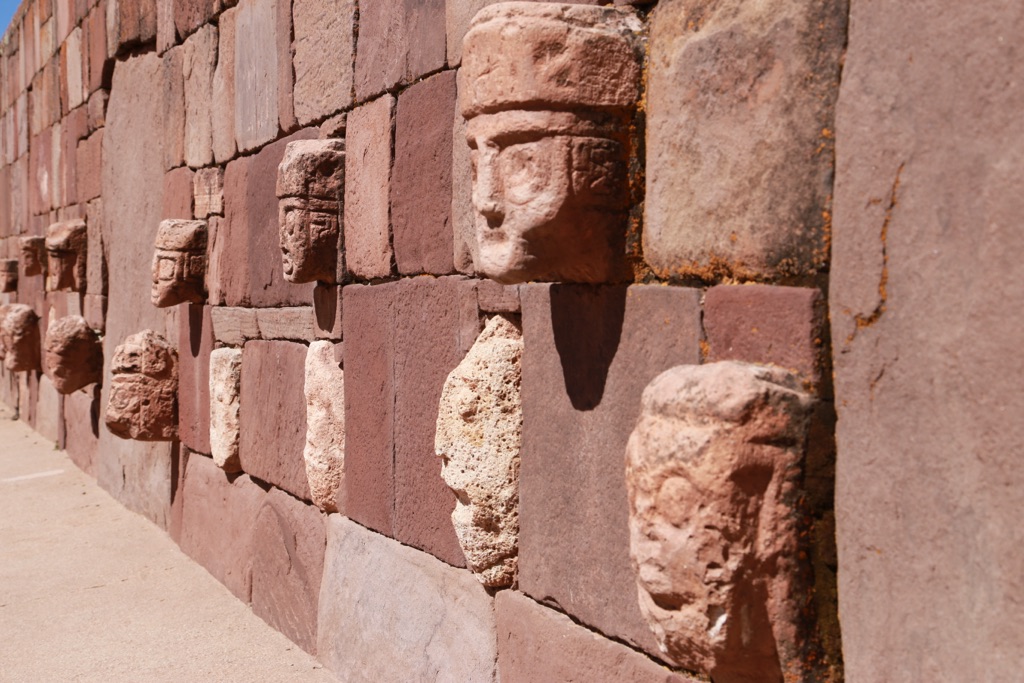
What is the historical significance of the Semi-Subterranean Temple and what civilizations have inhabited it?
The Semi-Subterranean Temple is a testament to the architectural and artistic prowess of the Tiwanaku civilization. The temple’s sunken courtyard is surrounded by walls made of red sandstone and andesite, materials that were likely sourced from quarries located several kilometers away. The walls are adorned with nearly 200 carved stone heads, each with distinct facial features and expressions. These carvings are believed to represent the diverse ethnic groups within the Tiwanaku society, reflecting a high degree of social complexity and integration.
In addition to the stone heads, the temple also features a monolithic doorway known as the Gateway of the Sun. This massive stone structure is carved with intricate designs depicting various mythological and celestial symbols, including a central figure believed to represent the Sun God. The Gateway of the Sun is considered one of the most iconic and enigmatic artifacts of the Tiwanaku civilization.
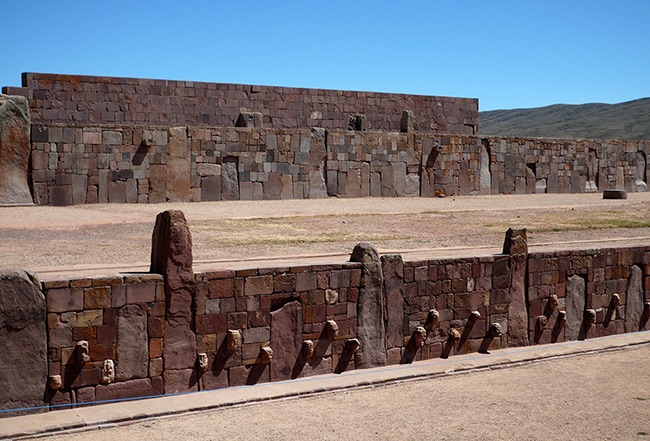
What is the historical significance of the Semi-Subterranean Temple and what civilizations have inhabited it?
The Semi-Subterranean Temple was a significant cultural and religious center for the Tiwanaku civilization. The temple’s unique architecture and iconography suggest that it was a place of worship and ritual, where the Tiwanaku people sought to connect with the divine and ancestral spirits. The temple’s semi-underground design is believed to symbolize the underworld, a realm associated with fertility, rebirth, and transformation in Tiwanaku cosmology.
The temple’s stone carvings reflect the multicultural nature of the Tiwanaku society, suggesting that the temple was a place of social integration and cultural exchange. The temple may have also served as a pilgrimage site, attracting people from diverse ethnic backgrounds and regions.
The temple’s continued use by the Inca Empire suggests that it retained its religious and cultural significance even after the decline of the Tiwanaku civilization. The temple’s enduring legacy is a testament to its central role in the pre-Columbian history of South America.

What are some of the key architectural features and discoveries made at the Semi-Subterranean Temple?
The Semi-Subterranean Temple is known for its unique architectural features and archaeological discoveries. The temple’s sunken courtyard is a distinctive feature, providing a dramatic setting for the carved stone heads that adorn the walls. The courtyard is rectangular in shape and is accessed via a flight of stairs, further enhancing its subterranean character.
The temple’s walls are made of red sandstone and andesite, materials that were likely sourced from quarries located several kilometers away. The walls are adorned with nearly 200 carved stone heads, each with distinct facial features and expressions. These carvings are believed to represent the diverse ethnic groups within the Tiwanaku society, reflecting a high degree of social complexity and integration.
In addition to the stone heads, the temple also features a monolithic doorway known as the Gateway of the Sun. This massive stone structure is carved with intricate designs depicting various mythological and celestial symbols, including a central figure believed to represent the Sun God. The Gateway of the Sun is considered one of the most iconic and enigmatic artifacts of the Tiwanaku civilization.
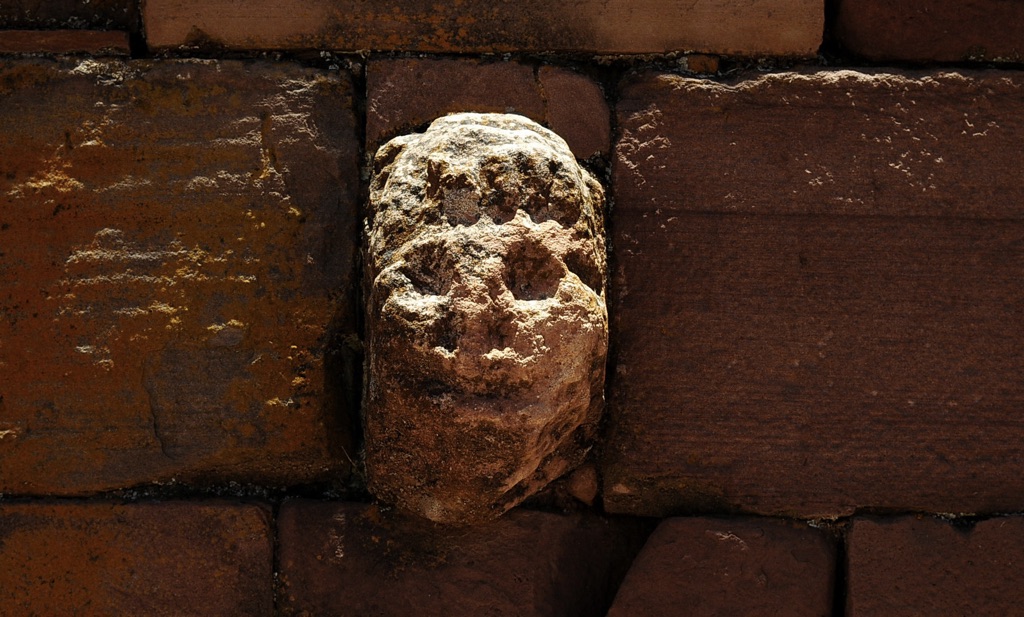
What role did the Semi-Subterranean Temple play in the Tiwanaku civilization and how did it influence their culture and society?
The Semi-Subterranean Temple played a central role in the religious and cultural life of the Tiwanaku civilization. The temple’s unique architecture and iconography suggest that it was a place of worship and ritual, where the Tiwanaku people sought to connect with the divine and ancestral spirits. The temple’s semi-underground design is believed to symbolize the underworld, a realm associated with fertility, rebirth, and transformation in Tiwanaku cosmology.
The temple’s stone carvings reflect the multicultural nature of the Tiwanaku society, suggesting that the temple was a place of social integration and cultural exchange. The temple may have also served as a pilgrimage site, attracting people from diverse ethnic backgrounds and regions.
The temple’s continued use by the Inca Empire suggests that it retained its religious and cultural significance even after the decline of the Tiwanaku civilization. The temple’s enduring legacy is a testament to its central role in the pre-Columbian history of South America.
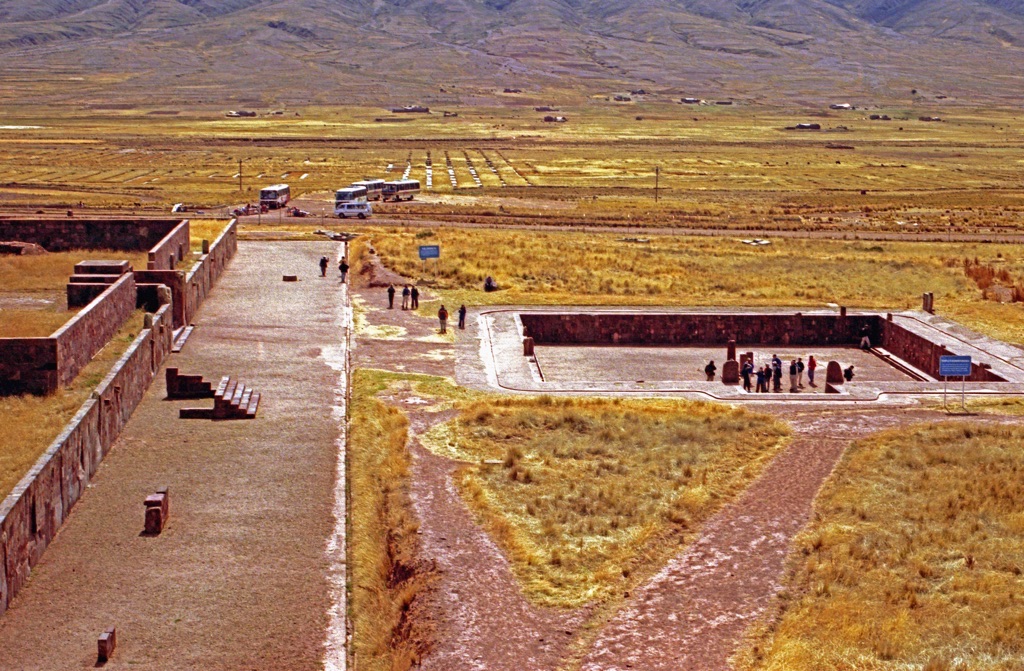
Conclusion and Sources
In conclusion, the Semi-Subterranean Temple is a significant historical and archaeological site that offers valuable insights into the culture and society of the pre-Columbian civilizations in South America. The temple’s unique architecture, intricate stone carvings, and enduring legacy reflect the advanced artistic and architectural skills of the Tiwanaku civilization, as well as their complex social and religious practices.
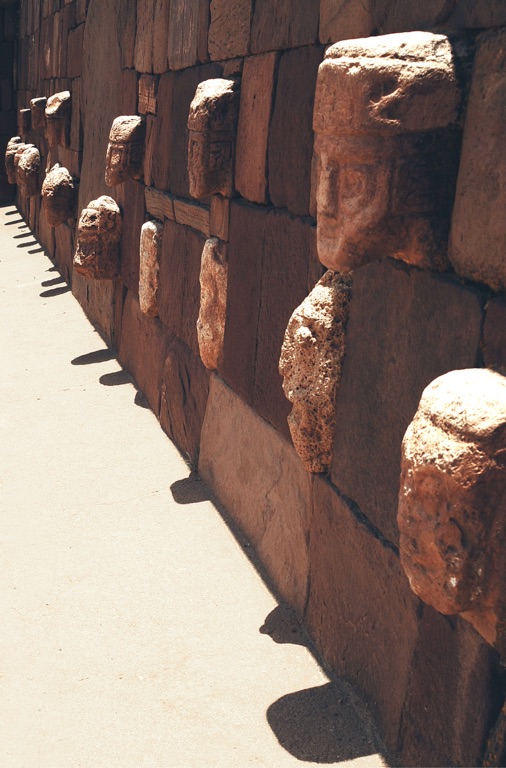
For further reading and to validate the information presented in this article, the following sources are recommended:

